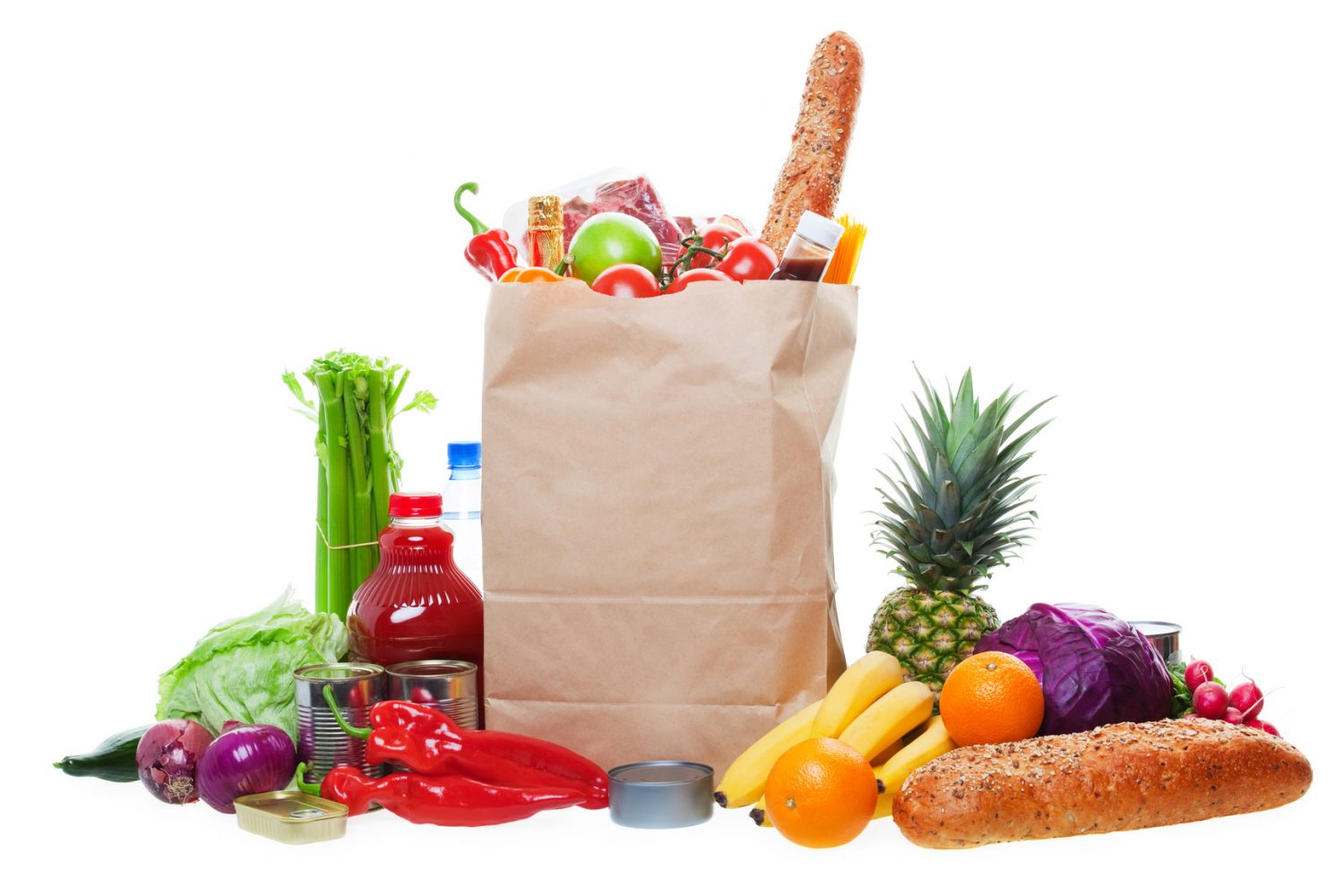Groceries may be mundane, but they’re big business. By 2020, the value of the world’s grocery market is expected to reach $11.8 trillion, according to The Institute of Grocery Distribution (IGD). The largest markets are expected to be China, United States, India, and Russia. That’s not the interesting part, though.
According to Morgan Stanley, fewer people will gather food by carting up and down the aisles of local grocery stores. Instead, in many countries, people will fill their baskets online. Globally, the share of shoppers buying groceries via the Worldwide Web and having them delivered is expected to grow from 21 percent in 2015 to 34 percent in 2016:
“Several factors may be driving the trend. Generally, more shoppers are accustomed to buying online, including a younger, more mobile generation of consumers. More specifically, boutique online-only grocery services in recent years have proven that the business model can work, overcoming logistical and consumer-behavioral barriers and building credibility for the category as a whole. Now, larger traditional players have entered the arena, offering more choices, services, and attractive prices, all within familiar eCommerce experiences and expectations for an even larger audience.”
Developed economies are expected to experience faster adoption rates. For instance, fewer than 10 percent of Americans bought fresh groceries online last year, but this year the percentage is expected to reach 26 percent. In Germany, just 10 percent of shoppers purchased groceries online. In 2016, that number is expected to rise to 36 percent.
In emerging markets, the expansion of online grocery shopping is dependent on the expansion of mobile networks. In countries like China and India, online grocers must leverage mobile networks to grow their market share.

